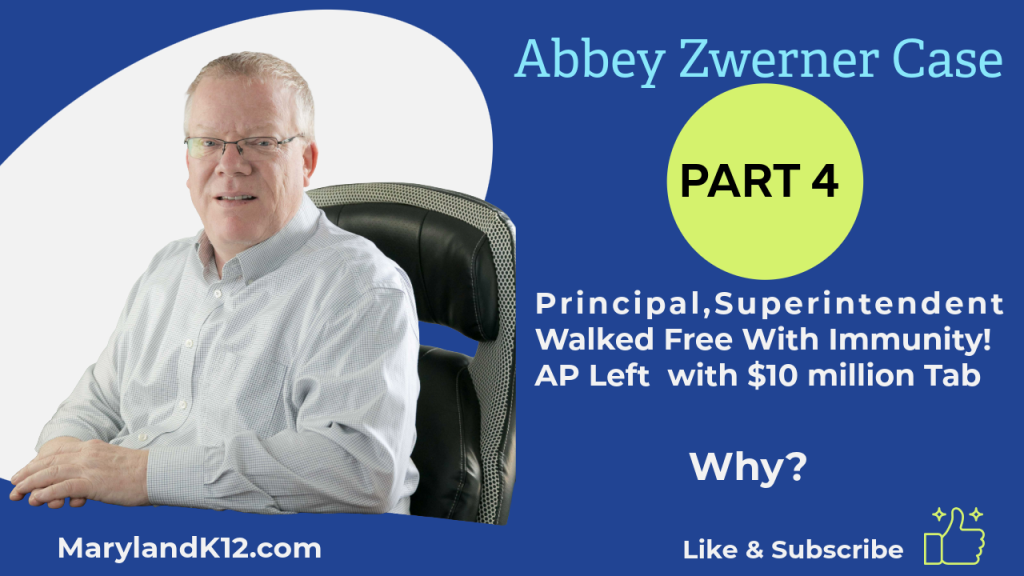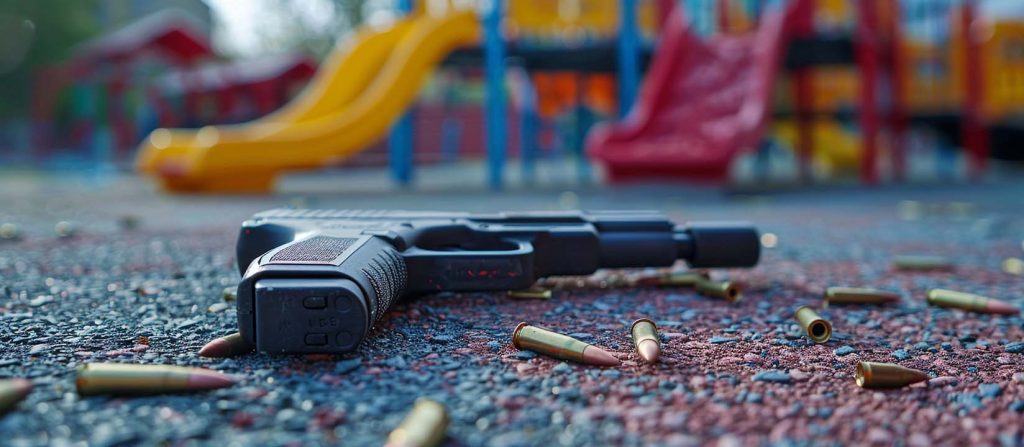
Nearly Half of Educators Believe Schools Were Closed Too Long During Pandemic
Looking back at the widespread school shutdowns that happened during the pandemic, many educators now say they believe schools were closed too long, according to a recent survey.
In the survey of educators, principals, and district leaders conducted last month by the EdWeek Research Center, about half of respondents said their schools were closed for the “perfect” amount of time, while 40 percent said their schools were closed for too long. Just 11 percent of respondents said their school closures were too short.
In 2020, as the pandemic swept across the United States, schools shuttered for in-person learning, instead opting for online classes, a phenomenon never experienced at the same scale.
Initially, schools were often required or urged to close by state leaders, and the closures were expected to last just a few weeks. But in most places, weeks turned into months. In some communities, the closures extended into the 2021-22 school year.
Little was known about COVID-19 in 2020, and experts believed steering clear of groups of people was a key measure in slowing the disease’s spread.
But as the pandemic wore on, it became increasingly clear that children were the least likely to get seriously sick or die from COVID-19, and they had suffered major academic and developmental blows from online classes and prolonged isolation.
Reflecting on closure decisions
Rural districts often closed for the smallest amount of time—only 25 percent were closed for more than half of the 2020-21 school year, according to the survey—and educators from those districts were the least likely (7 percent ) to say closures were too short. Forty-five percent of respondents from rural school systems said their closures were too long.
Still, Robin Lake, the director of the Center on Reinventing Public Education, a research organization based in Seattle, said she was surprised that about half of respondents overall said the closures lasted the right amount of time. Some other groups, including parents and researchers, have begun analyzing the cost-benefit of the closures and feel in hindsight the closures cost students too much, she said.
“I think now is the time to reflect and second-guess those decisions, because there could be another reason for closures in the future and we just want to learn from this,” Lake said. “We don’t need to judge anybody for the decisions that were made, but we should definitely learn from them.”
Some surveys have found parents and families widely supported schools’ reopening procedures as they were happening. But as more and more evidence surfaces that the closures contributed in no small way to students’ increased academic and social-emotional challenges, more are questioning whether the prolonged closures were the right move, Lake said.
In one 2022 survey, the Pew Research Center found that more parents said concerns about students’ academics and emotional well-being should be considered when making decisions about whether to keep schools open.
But parents’ concerns about the risk to students and teachers of getting or spreading COVID-19 has dwindled over time. In July 2020, more than 60 percent of respondents to the Pew survey said students’ and teachers’ health should be a major consideration, compared with about 40 percent in February 2022.
Political tensions could affect educators’ willingness to analyze decisions
Forty-three percent of district leaders and 40 percent of principals said closures were too long and about half of each group said they lasted for the perfect amount of time, according to the EdWeek survey.
School teachers were the most likely to characterize the closures as too short (13 percent).
As some districts prepared to return to in-person classes, they faced pushback from unions that represent teachers. The unions often argued they did want students to go back, but only when certain safety precautions were in place, like mandated mask wearing, improved ventilation systems, and COVID-testing protocols. Those requests sometimes had a big influence on the pace at which buildings reopened, and led to tense debates among different sectors of the public. In some places—like Seattle, Chicago, and Montgomery County, Md.—frustrated teachers’ unions declared they had no confidence in their district leadership’s reopening plans.
It’s possible those influences are factoring into how educators responded to the survey, and, more broadly, how they’re reflecting on the pandemic now, Lake said. Pandemic-related decisions, including the choices made about school closures, have become political lightning rods, which, at times, have led to tense debates that can discourage people—especially those in charge of making the decisions—from reflecting objectively, Lake said. Instead, they may feel defensive.
“It really is incumbent that we turn down the volume on the politics as fast as possible,” Lake said, “because the more we can talk about closures as something that we can and must learn from in order to inform the future, then we’ll all be better off.”
Dig Deeper With Our Longreads
Newsletter Sign up to get our best longform features, investigations, and thought-provoking essays, in your inbox every Sunday.
The MEN was founded by John Huber in the fall of 2020. It was founded to provide a platform for expert opinion and commentary on current issues that directly or indirectly affect education. All opinions are valued and accepted providing they are expressed in a professional manner. The Maryland Education Network consists of Blogs, Videos, and other interaction among the K-12 community.








